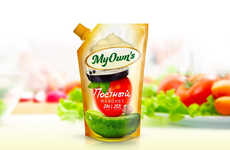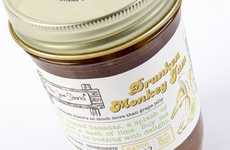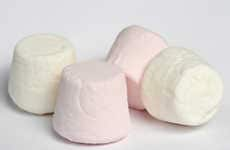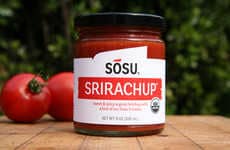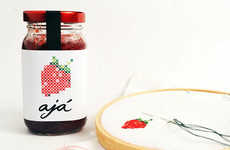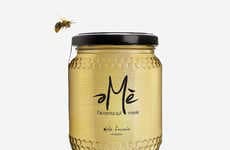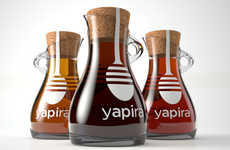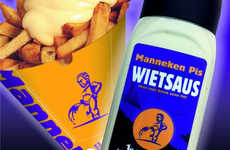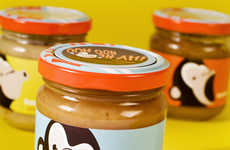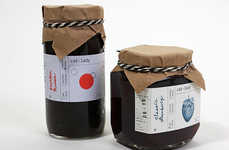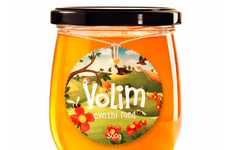
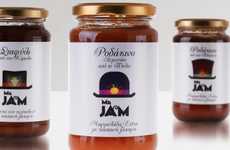
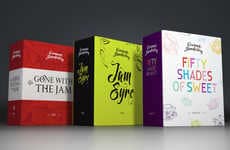
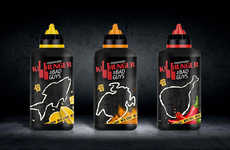
Seasoning receives a pop culture overhaul to reinvent flavor in a modern light
Implications - Bringing traditional condiments into the 21st century, brands are incorporating pop culture references into the packaging designs to provide aesthetics that consumers, particularly youths, can relate to. Going beyond the mere allure of flavor, these condiments reference literary classics and cult TV shows to broaden consumer appeal, transforming traditionally secondary cuisine products into more mainstream, consumer-influenced goods.
Trend Themes
1. Pop Culture Packaging - Traditional food products are being reinvented with pop culture references on the product packaging to appeal to younger demographics who are attracted by these design elements.
2. Humorous Branding - Food brands are using witty, funny, and whimsical designs and copywriting in their branding to help give the product longevity, a life of its own, and appeal to consumers with a sense of humor.
3. Dark Humor Branding - Some brands are taking humorous branding even further by using shock value, dark humor, and crime scene imagery on the product packaging to stand out in a crowded market and appeal to a specific rebellious demographic.
Industry Implications
1. Packaging Design - Package designers can incorporate pop culture references to traditional products to attract a younger demographic, differentiate from competitors, and make the product more approachable and relatable.
2. Advertising - Companies can use humorous and clever advertising in their marketing campaigns to make the product memorable, drive engagement, and build a unique brand personality that resonates with consumers.
3. Food and Beverage - Food and beverage businesses can use branding to make their products more approachable and engaging, build customer loyalty, and differentiate from competitors in a crowded market.



